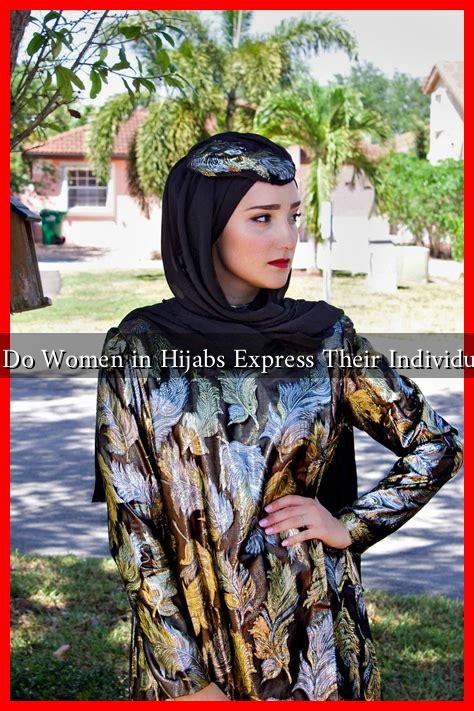-
Table of Contents
How Do Women in Hijabs Express Their Individuality?
The hijab, a traditional headscarf worn by many Muslim women, is often perceived through a narrow lens of cultural and religious conformity. However, for many women, the hijab is not merely a symbol of modesty but also a canvas for personal expression and individuality. This article explores the various ways in which women in hijabs express their unique identities, challenging stereotypes and showcasing the diversity within the hijab-wearing community.
The Hijab as a Personal Choice
For many women, wearing a hijab is a deeply personal decision influenced by a combination of religious beliefs, cultural heritage, and personal values. This choice allows them to assert their identity in a world that often seeks to categorize them. According to a study by the Pew Research Center, approximately 62% of Muslim women in the U.S. choose to wear the hijab voluntarily, highlighting the importance of personal agency in this decision.
Fashion and Style: A Form of Expression
One of the most visible ways women in hijabs express their individuality is through fashion. The hijab can be styled in numerous ways, allowing for creativity and personal flair. Here are some popular methods:
- Color and Fabric Choices: Women often select hijabs in various colors, patterns, and materials, reflecting their personal style and mood.
- Layering Techniques: Different layering styles can create unique looks, from casual to formal, allowing women to adapt their hijab to various occasions.
- Accessorizing: Many women enhance their hijab with accessories such as brooches, pins, or headbands, adding a personal touch to their outfits.
Social media platforms like Instagram and TikTok have become vital spaces for hijab-wearing women to showcase their fashion choices. Influencers such as Huda Kattan and Melanie Elturk have gained significant followings by sharing their unique styles, inspiring others to embrace their individuality while wearing the hijab.
Cultural Representation and Identity
The hijab also serves as a powerful symbol of cultural identity. Women from diverse backgrounds use the hijab to celebrate their heritage and connect with their roots. For instance:
- Regional Styles: Different cultures have distinct hijab styles, such as the Turkish “türban,” the South Asian “dupatta,” or the Arab “shayla,” each reflecting unique cultural narratives.
- Artistic Expression: Some women incorporate traditional embroidery or patterns into their hijabs, showcasing their cultural artistry and storytelling.
In this way, the hijab becomes a bridge between personal identity and cultural heritage, allowing women to express their individuality while honoring their backgrounds.
Empowerment Through Activism
Many women in hijabs are also vocal advocates for social justice and equality. By participating in activism, they challenge stereotypes and redefine what it means to be a hijab-wearing woman. Notable figures like Amani Al-Khatahtbeh, founder of MuslimGirl.com, use their platforms to empower other women and promote a more nuanced understanding of the hijab.
Statistics show that Muslim women are increasingly involved in activism. A report by the Institute for Social Policy and Understanding found that 67% of Muslim women in the U.S. feel a responsibility to advocate for social justice issues, demonstrating how the hijab can be a symbol of empowerment and resistance.
Conclusion: Celebrating Diversity in Hijab-Wearing Women
Women in hijabs express their individuality in myriad ways, from fashion choices to cultural representation and activism. The hijab serves as a powerful tool for personal expression, allowing women to navigate their identities in a complex world. By embracing their unique styles and voices, these women challenge stereotypes and contribute to a richer understanding of what it means to wear a hijab. As society continues to evolve, it is essential to recognize and celebrate the diversity within the hijab-wearing community, fostering an environment of acceptance and appreciation for all forms of individuality.

